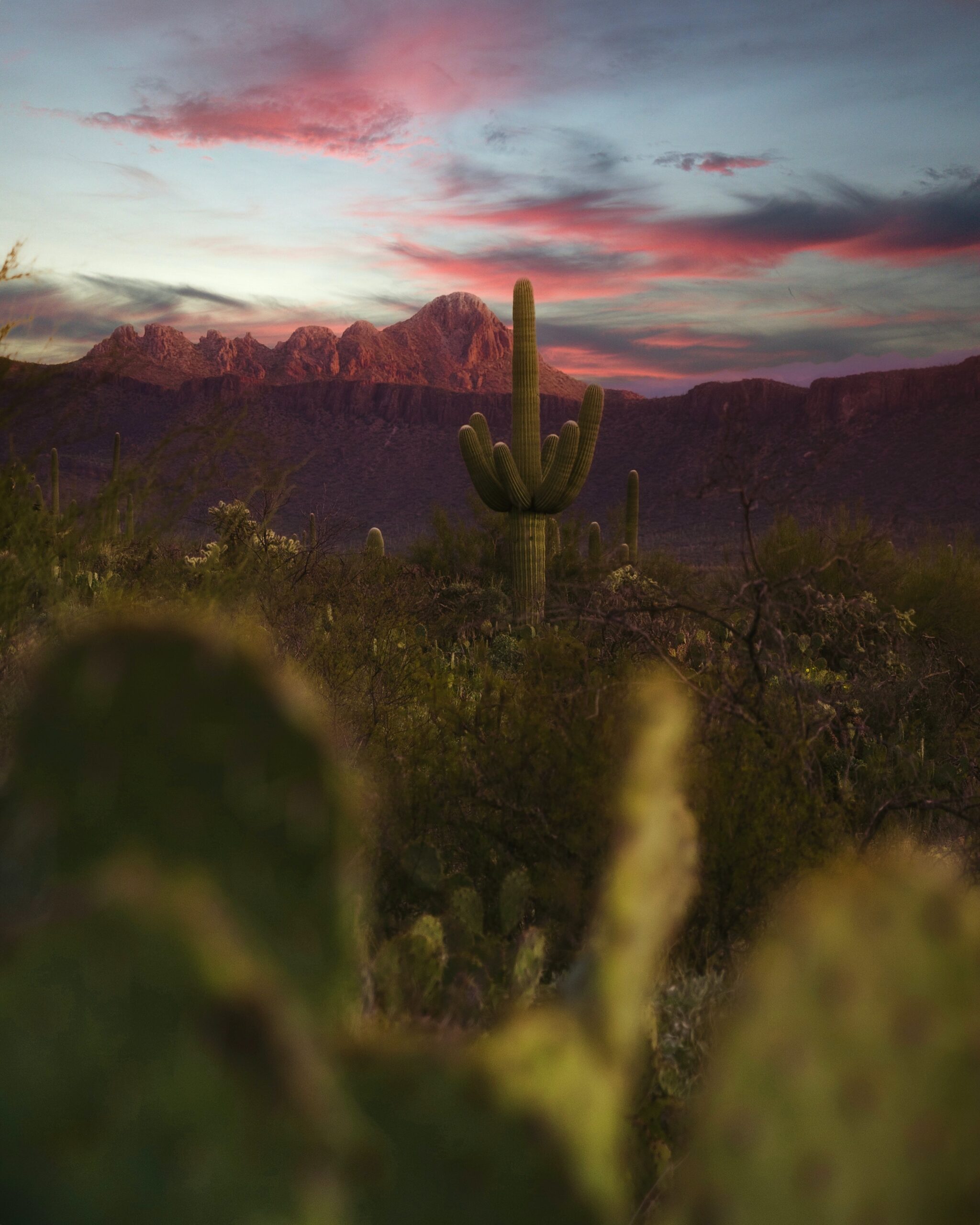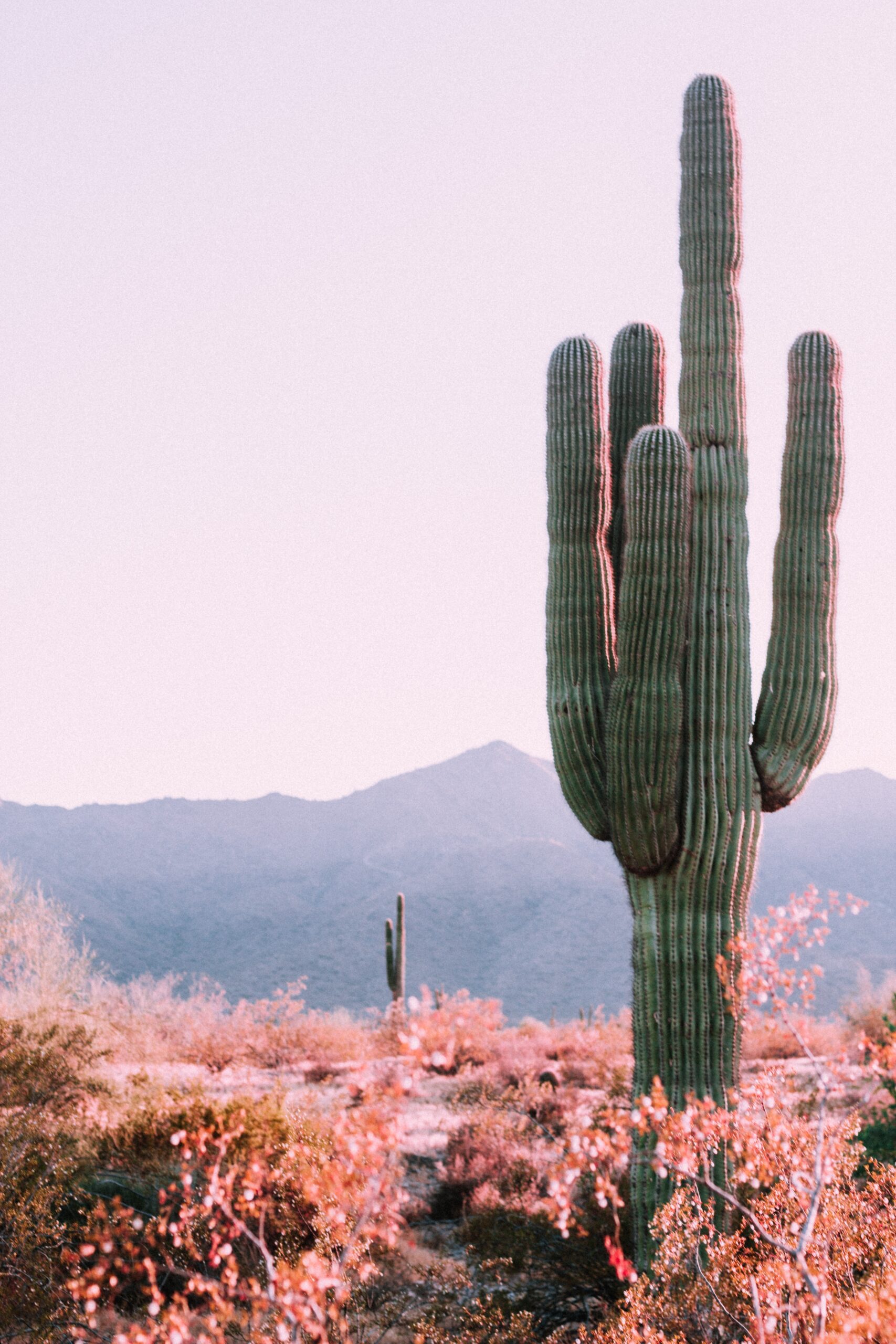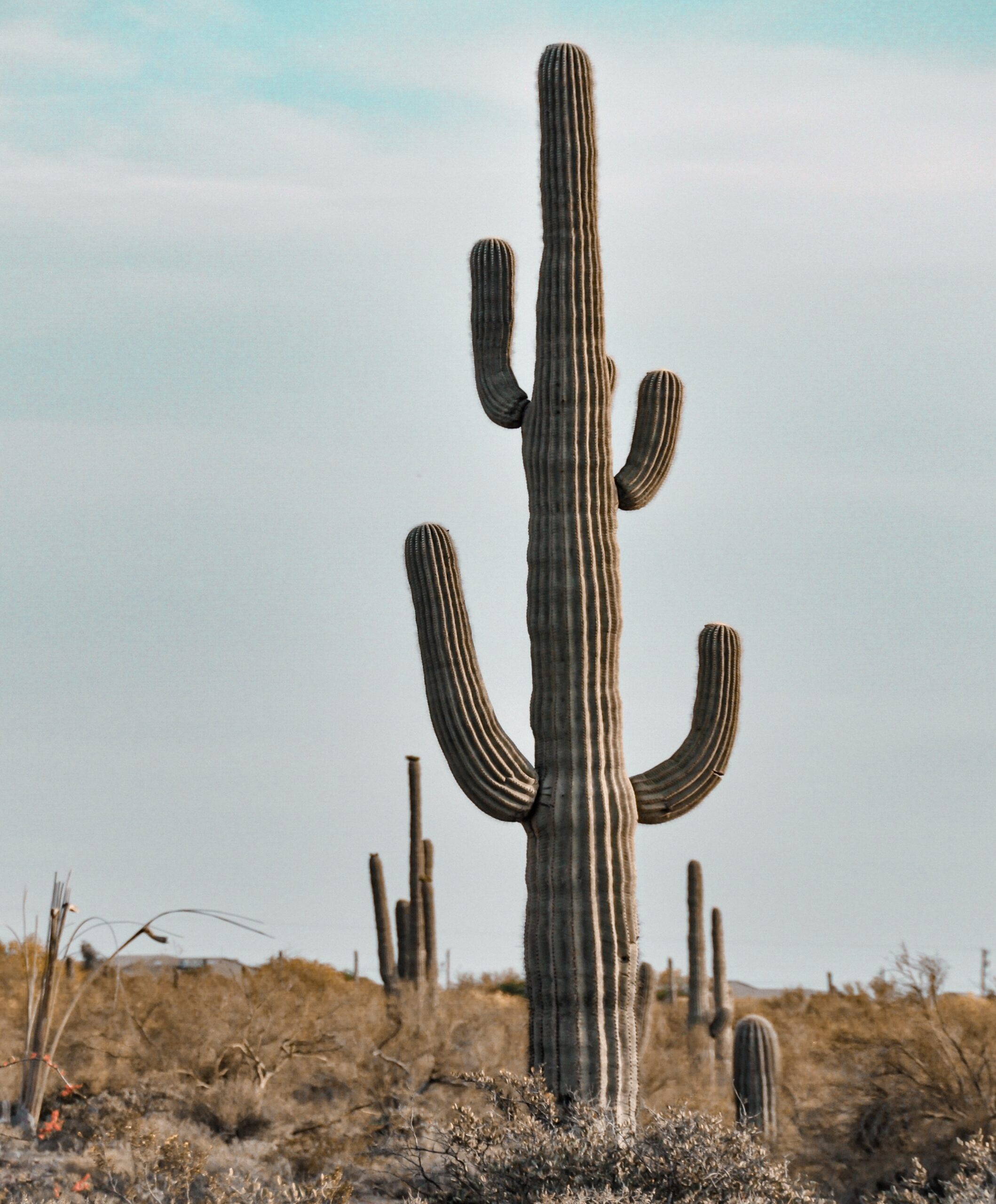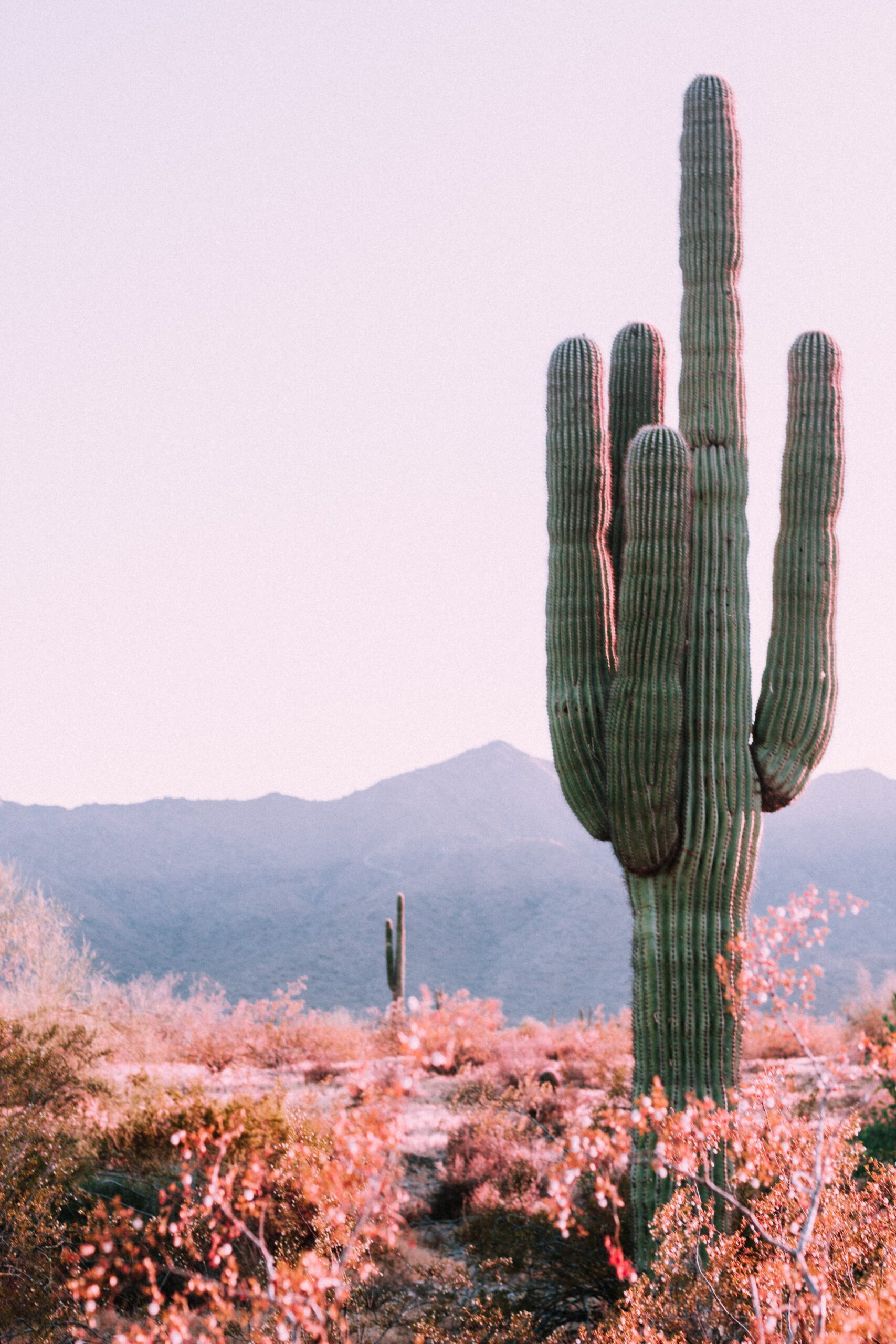If you’ve ever wondered whether it’s possible to cultivate nopal, also known as prickly pear cactus, indoors, you’re in for a pleasant surprise. Growing nopal indoors is not only feasible, but it also offers a unique opportunity to have a beautiful and versatile plant right at your fingertips. With its vibrant green pads and striking flowers, nopal can be grown successfully in pots, making it an excellent addition to any indoor garden. So, dust off your gardening gloves and get ready to discover the secrets of growing nopal indoors!

Choosing the Right Variety of Nopal
Consider the Space available
When choosing a variety of nopal to grow indoors, it’s essential to consider the available space you have. Some nopal varieties can grow quite large, while others are more compact. If you have limited space, opt for dwarf or mini varieties that won’t take up too much room. However, if you have a spacious area, you can consider larger varieties that may produce more pads.
Select a Suitable Variety
There are numerous varieties of nopal available, each with its unique characteristics. Consider what you’re looking to achieve from growing nopal indoors. Are you interested in an ornamental variety that will add visual appeal to your space, or do you want a variety that’s known for its delicious pads? Research the different nopal varieties and choose the one that aligns with your goals and preferences.
Research Growth Requirements
Different nopal varieties have varying growth requirements. Before selecting a variety, it’s crucial to research and understand its specific growth needs. Some varieties thrive in bright light, while others can tolerate lower light conditions. Additionally, certain varieties may have specific temperature and humidity requirements. By understanding the growth requirements of your chosen nopal variety, you can ensure optimal growth and success in your indoor environment.
Preparing the Indoor Environment
Provide Adequate Lighting
Light is one of the most critical factors for nopal growth. When growing nopal indoors, it’s important to provide adequate lighting that mimics natural sunlight. Place your nopal plants near a window that receives bright, indirect light. If natural light is insufficient, consider supplementing with artificial grow lights. LED grow lights can provide the necessary spectrum of light for healthy nopal growth. Aim for 10-12 hours of light per day to ensure your nopal plants thrive.
Ensure Proper Ventilation
Good air circulation is essential for nopal plants to thrive. Ensure that the indoor environment has proper ventilation to prevent the buildup of stagnant air. Stagnant air can lead to diseases and pest problems. You can promote airflow by placing a small fan near your nopal plants or opening windows periodically to allow fresh air to circulate.
Maintain Optimal Temperature and Humidity
Nopal plants prefer warm temperatures, ideally between 65-85°F (18-29°C). However, they can tolerate lower temperatures, but growth may slow down. To maintain a suitable temperature range, avoid placing your nopal plants near drafts or direct heat sources. Additionally, monitor indoor humidity levels, as excessive dryness can adversely affect growth. Aim for a humidity range of 40-60% by using a humidifier or placing trays of water near your plants.
Selecting a Container
Choose the Right Size
Selecting the right-sized container is crucial for the health and growth of your nopal plant. The size of the container will depend on the variety and the desired growth of your nopal. Choose a container that is slightly larger than the current root system to allow room for growth. However, avoid using excessively large pots, as overly spacious containers can lead to overwatering and root rot.
Consider Drainage
Proper drainage is essential to prevent waterlogged soil, which can cause root rot and other issues. Ensure that the container you choose has drainage holes at the bottom. This allows excess water to flow out and prevents the roots from sitting in stagnant water. You can also elevate the container by using pot feet or placing it on a saucer with gravel to promote better drainage.
Preparing the Soil
Select Well-Draining Soil
Nopal plants prefer well-draining soil that doesn’t retain excessive moisture. You can use a cactus or succulent-specific potting mix, which has excellent drainage properties. It’s essential to avoid heavy, compacted soil that can lead to waterlogged conditions. If needed, you can enhance the drainage of regular potting soil by adding perlite or coarse sand to improve aeration and prevent water buildup.
Consider Adding Organic Matter
While nopal plants can grow well in lean soil, adding organic matter can provide additional nutrients and improve soil structure. Incorporate compost or well-rotted manure into the potting mix before planting your nopal. This will enrich the soil with organic matter, promoting healthier growth. However, be mindful not to overdo it, as excessive organic matter can lead to nutrient imbalances.

Planting and Transplanting Nopal
Sow Nopal Seeds
If you’re starting from scratch, you can sow nopal seeds indoors. Before sowing, soak the seeds in water overnight to enhance germination. Plant the seeds in small pots filled with well-draining soil, covering them with a thin layer of soil. Place the pots in a warm location with bright, indirect light. Keep the soil consistently moist but not waterlogged. Germination should occur within a couple of weeks, and once the seedlings have developed a few sets of true leaves, you can transplant them into larger containers.
Transplanting Nopal Pads
Another common method for propagating nopal indoors is through pad transplantation. Select healthy nopal pads and allow the cut ends to dry for a few days to avoid rotting. Fill a container with well-draining soil and make a small hole for the pad. Place the pad in the hole, ensuring good soil-to-pad contact. Water the newly transplanted pad sparingly and avoid overwatering, as this can lead to rotting. After a few weeks, the pad will root and establish itself in its new container.
Tips for Successful Transplantation
When transplanting nopal pads or seedlings, it’s important to handle them with care to avoid damaging the delicate roots. Gently loosen the roots before transferring to a new container. Ensure that the new container has suitable drainage, and water the plants immediately after transplanting. Monitor their progress closely to ensure they adjust well to their new environment.
Watering and Fertilizing Nopal
Watering Frequency
Nopal plants are drought-tolerant and prefer infrequent watering rather than being constantly moist. Allow the top inch or two of soil to dry out between waterings, then thoroughly saturate the soil. During the dormant period in winter, reduce watering frequency to prevent overwatering. Remember, it’s better to underwater than to overwater nopal plants, as they are highly susceptible to root rot.
Proper Fertilization
Fertilizing nopal plants can enhance growth and encourage abundant pad production. Use a balanced, water-soluble fertilizer specifically formulated for cacti and succulents. Follow the instructions on the fertilizer package for proper application rates and frequency. During the growing season, typically spring and summer, fertilize every two to three weeks. However, reduce or cease fertilization during the dormant winter period.

Pruning and Maintenance
Pruning Nopal Plants
Regular pruning is essential to maintain the size and shape of your nopal plant. Use clean and sharp pruning shears to remove any damaged, diseased, or overgrown pads. You can also trim back excessive side branches to maintain a desirable form. Pruning not only promotes a neater appearance but also stimulates new growth and enhances the overall health of your nopal plant.
Maintaining Healthy Nopal Growth
To ensure healthy growth, regularly inspect your nopal plants for any signs of stress, pests, or diseases. Monitor the soil moisture levels and adjust watering accordingly. Rotate the containers periodically to promote even growth. Also, periodically clean the leaves with a damp cloth to remove dust and debris, which can hinder photosynthesis.
Pest and Disease Control
Common Pests
While nopal plants are generally resilient, they can still be susceptible to certain pests. Common pests that may affect nopal include mealybugs, spider mites, and scale insects. Regularly inspect your plants for signs of infestation, such as webbing or small insects on the pads or leaves. If you notice any pests, treat them promptly with insecticidal soap or neem oil, following the instructions on the packaging.
Identifying and Treating Diseases
Nopal plants can occasionally encounter diseases such as root rot, fungal infections, or bacterial infections. Signs of disease include wilting, yellowing or discolored pads, and stunted growth. If you suspect any disease, promptly isolate the affected plant to prevent the spread to other nopal plants. Adjust watering practices to prevent overmoist conditions. If the problem persists, consult with a gardening expert or a plant disease specialist for suitable treatments.
Harvesting Nopal
Determining Readiness for Harvest
Nopal pads are typically harvested when they reach a suitable size and have a vibrant green color. Avoid harvesting very young pads, as they may not have developed sufficient nutritional value. Additionally, look for pads that are firm and have minimal blemishes or scars. Harvesting too frequently can stress the plant, so allow enough time for new pads to grow and replace the harvested ones.
Harvesting Nopal Pads
To harvest nopal pads, use a clean and sharp knife or shears to cut the pads at the base, close to the main stem. Hold the pad firmly and make a clean cut to avoid damaging the plant. It’s essential to handle the pads with care, as they can have tiny spines that may cause skin irritation. After harvesting, clean the pads thoroughly by removing the spines and any remaining debris before use.
Enjoying your Homegrown Nopal
Culinary Uses
Nopal pads are versatile and commonly used in various culinary dishes. They can be cooked, grilled, added to stir-fries, salads, or even used in smoothies. Once the pads are cleaned and the spines removed, slice them into desired shapes and sizes. Experiment with different recipes to discover the many delicious ways you can enjoy the homegrown nopal from your indoor garden.
Health Benefits
In addition to being a tasty ingredient, nopal offers numerous health benefits. It is low in calories and rich in fiber, vitamins, and minerals. Consuming nopal can help regulate blood sugar levels, support digestion, and promote weight management. Its high antioxidant content also contributes to overall good health. As you savor the flavor of your homegrown nopal, appreciate the added nutritional value it brings to your diet.
By following these comprehensive guidelines for growing and caring for nopal indoors, you can enjoy the beauty, health benefits, and culinary potential of this remarkable succulent. Happy growing and bon appétit!

